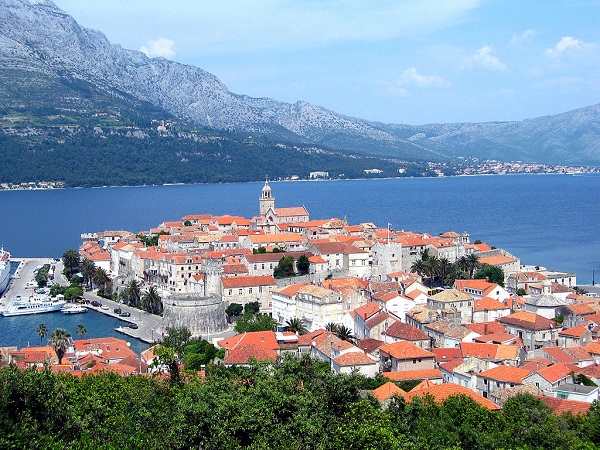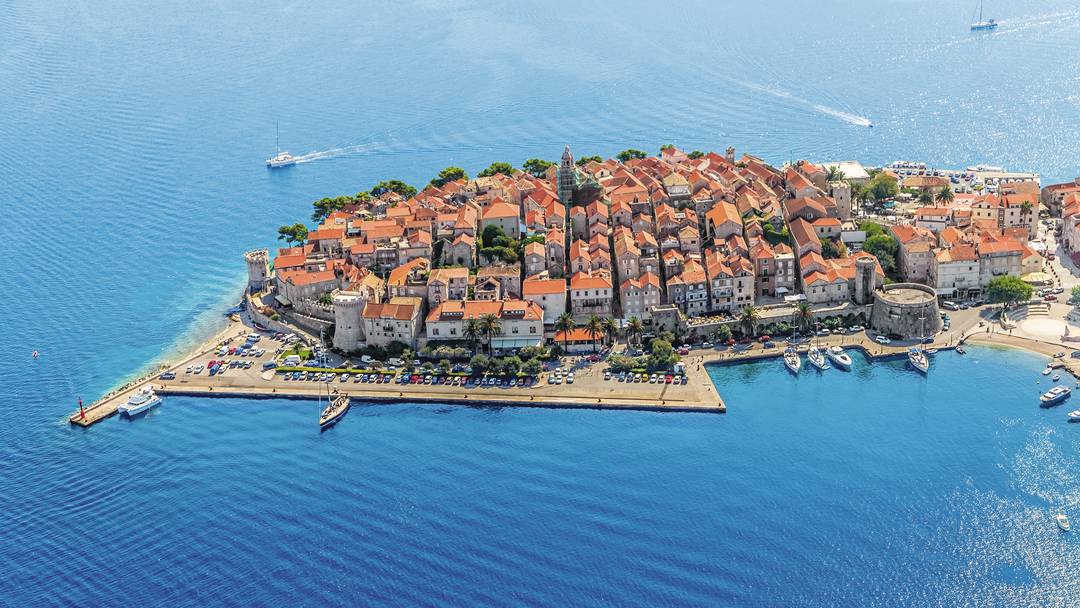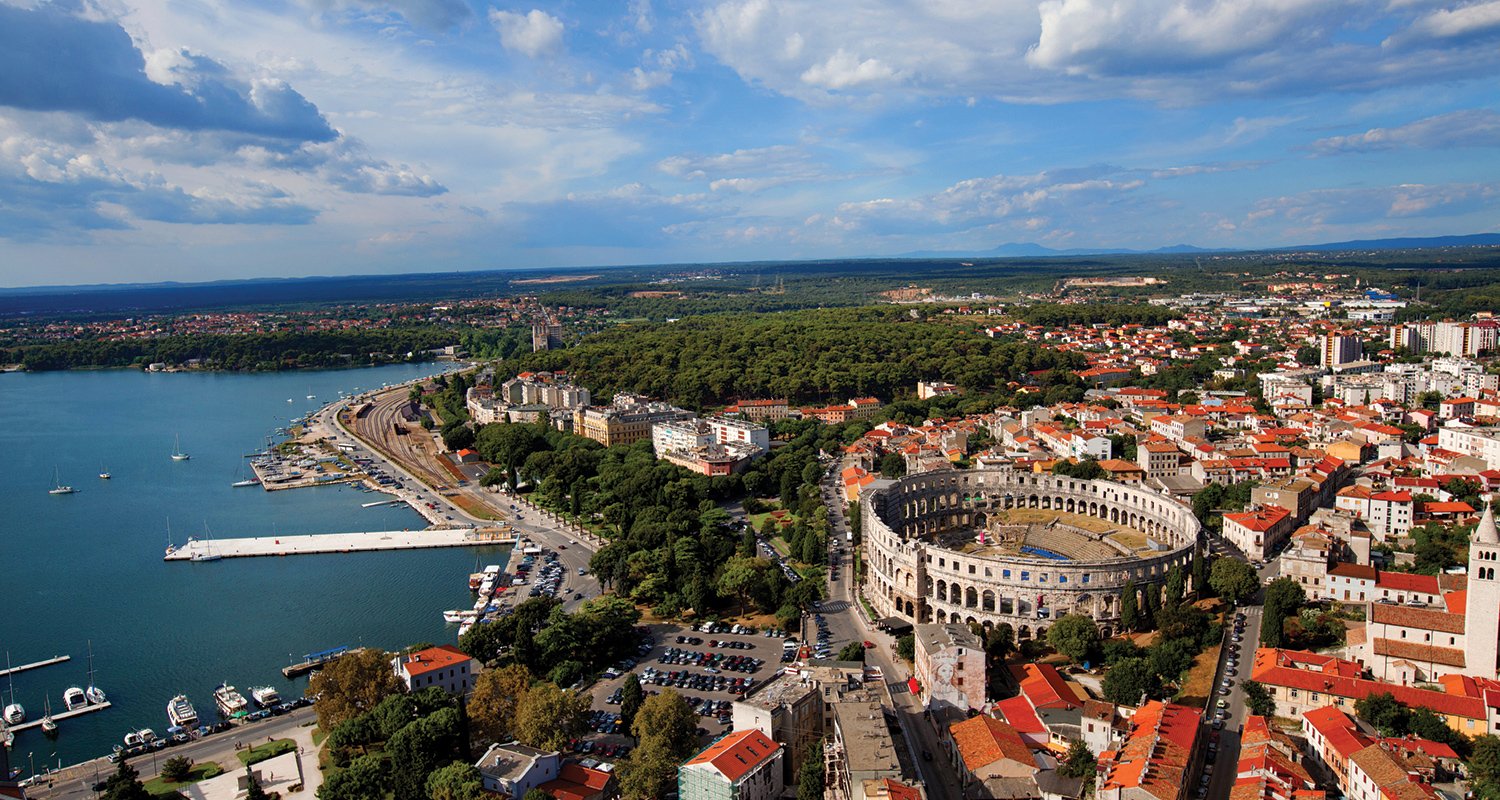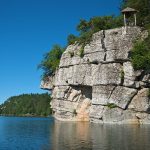Voyagers can investigate the walled medieval urban areas in the morning, look for separated shorelines for an evening swim, and during the evening test fish discovered crisp that morning. Perused on for points of interest on the appeal of our main 10 towns on Croatia’s Adriatic drift.
Korcula
Wine beaus will love the island of Korcula, loaded with vineyards and said to create the nation’s best white wine. Dividers encase Korcula town, an antiquated city loaded with slender, ventured lanes. The town itself is ignored by various cautious towers, beforehand intended to caution away intruders yet now utilized for everything from lodging historical centers to mixed drink bars. The town, accepted to be the origination of Venetian dealer and world voyager Marco Polo, loves to impart its history to cutting edge wayfarers. Guests ought to try searching out a Moreška execution, routinely given for visitors. This conventional sword move pits two gatherings in a deride move fight over a hidden lady, and its members are required to be locals of Korcula.
Rijeka
For those after more than only a pretty shoreline (Rijeka legitimate has few) this is the town to visit. Home to Croatia’s biggest port, Rijeka feels more like a Rotterdam or a Naples than a lustrous visitor goal. However, that coarseness produces some cleaned precious stones. The city, an acclaimed musical center point in its Yugoslav days, gloats various settings highlighting unrecorded music, and in addition playing host to other social occasions. The downtown area mirrors Rijeka’s days under Habsburg administer, with its Baroque clock tower its principle centerpiece. At the point when done meandering the person on foot boulevards of the Korzo, climb the 561 stairs to Trsat Castle. The fortification, dating from the thirteenth century, is currently another incredible place in Rijeka to get a show or take in an execution. Notwithstanding when there’s nothing going on, the perspectives from the highest point of the slope make climbing every one of those stairs justified, despite all the trouble.
Pula
Leave the Coliseum to the clamoring jams in Rome and set out toward Pula. This old town’s most celebrated milestone is a first century Roman amphitheater, one of the best safeguarded on the planet. Different locales from Roman times incorporate the Temple of Roma and the Arch of the Sergii, while the avenues of the old city are still fixed with Roman clearing stones. Likewise known by its Italian name Pola, this bilingual city benefits as much as possible from its legacy, facilitating summer occasions that reproduce combatant battles and offer guests the chance to taste Roman nourishment and refreshments. Those looking to make tracks in an opposite direction from everything ought to head 10 kilometers south to Kamenjak National Park on the southernmost purpose of the Istria promontory. Hop the precipices, snorkel the bays or just locate a forsook shoreline and look out at the adjacent islands.
Sibenik
Lacking, as it seems to be, antiquated vestiges or Roman legacy, numerous guests to Croatia don’t try to stop in Šibenik. Be that as it may, as the most established Croatian town on the Adriatic, passing up a major opportunity for Šibenik would pass up a major opportunity for a part of the nation’s history. The four fortifications as yet encompassing the town help guests to remember the locals‘ ceaseless imperviousness to outside administer, dating from the eleventh century and the numerous rulers, including Venice, Hungary, Austria and Italy, that it has seen since. The most vital sight in Šibenik is the St. James Cathedral, a renaissance time church made completely out of stone and highlighting outer itemizing made out of human confronts, said to speak to town occupants of the fifteenth century. Šibenik is situated close Krka National Park, a correspondingly ignored goal which highlights waterfalls and lakes like that of the more well known Plitvice Lakes encourage east.
Zadar
Going to a few towns along the Adriatic coastline can feel more like venturing inside a historical center, a room which time overlooked. Not so with Zadar. This little city has enough year-round occupants to make for some hurrying around amid the day, while during the evening Zadar’s bars and eateries top off with a blend of visitors and local people avid to test their pleasures. This shouldn’t imply that Zadar is only any old town, in any case. At the point when taking off for a stroll along the water, guests may actually unearth old Roman vestiges, similar to the Augustinian discussion close to the focal point of the old city. More current establishments give Zadar another flavor too – along the seafront is the Sun Salutation, whose shaded glass plates make a light show as well as gather enough vitality to control the harbor’s lighting framework, and in addition the Sea Organ, which utilizes the waves to make music.





